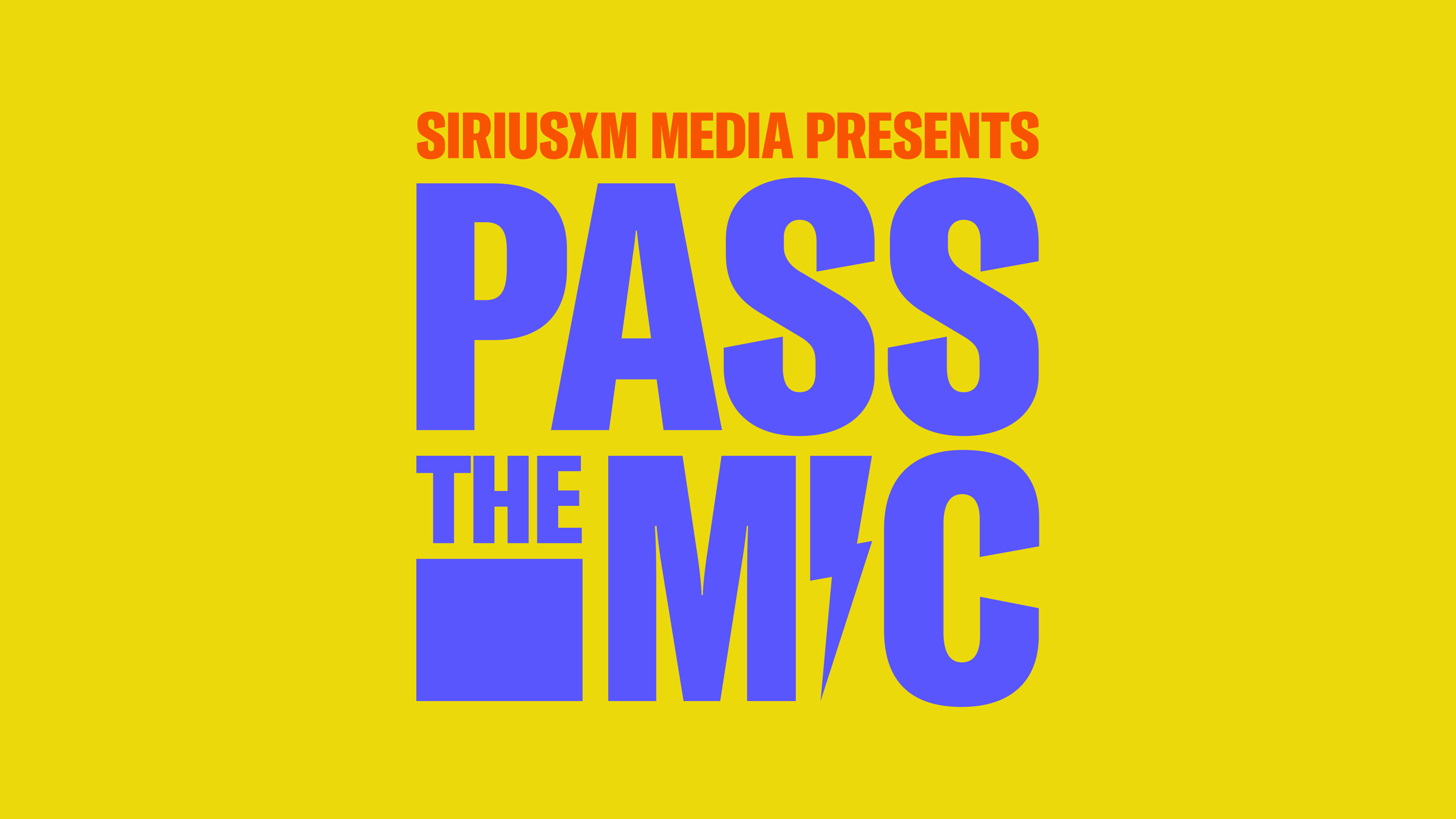The Future of Your Industry is Here, and it's Audio: Fin Serv, Healthcare, Political
Jan 31, 2023At SXM Media, our 2023 kickoff is all about making (and keeping) promises to inspire and transform, and the theme of this year’s promise is innovation—everywhere. Check out what our industry experts in the financial services (fin serv), healthcare, and political spaces had to say about the major shifts they expect to see in 2023.
Fin Serv
With a potential recession looming ahead, it should come as no surprise that the financial services industry is going to be a hot topic in 2023. And according to Heidi Siena, Vice President, Sales, Financial Services, consumers are going to be looking for more accessible, personalized, and customer-centric solutions and messaging than ever before.
Prediction
“In 2023, I expect the financial industry is going to be focused on consumer financial wellness like we’ve never seen before. With the cost of living crisis and the market volatility of 2022, financial health has become front and center in consumers’ minds, and we’ll see brands trying to tackle these issues in new and innovative ways. We’ll also see insurance companies rethinking financial wellness tools, banks promoting their financial advisors, and new products on the market with this theme in mind.”
Takeaway
“The financial service industry is experiencing some disruption—the growing presence of fintech, rising consumer demand for more efficient ways to manage finances, inflation, and rising interest rates are all impacting media and marketing teams. The need for flexible and adaptable marketing that is measurable has never been more important for Fin Serv advertisers. That’s where audio comes in. Audio provides efficient, scaled, and measurable solutions to help meet the challenges the financial service industry faces.”
Healthcare
It’s impossible not to recognize the impact the last two years had on the state of the healthcare industry. For Anna Clement, Director of Healthcare at SXM Media, it’s all about engaging the tech-savvy younger generation.
Prediction
“A big focus in the year to come will be on creating a welcoming digital experience for the consumer, or, as it’s referred to in healthcare, the Digital Front Door.
As the U.S. population ages, there will be ongoing innovation in the area of at-home care and remote monitoring. Meanwhile, Gen Z now makes up 40% of U.S. consumers and is a healthcare-active age group that marketers cannot afford to ignore. Gen Z is the most diverse, educated, and technologically-connected generation ever to exist, so healthcare marketers will really need to think differently about how to reach and resonate with this demographic, as relying heavily on traditional advertising mediums is not going to work. From a marketing standpoint, we’ll see more healthcare marketers pull away from social media as an advertising platform and reallocate those budgets towards brand-safe ad environments like streaming audio.”
Takeaway
“Nothing is more personal than our own health and the health of our loved ones, and the pandemic further reminded us of that reality. Thanks to the hyper-personalization that streaming audio provides marketers, from a messaging, targeting, and contextual standpoint, healthcare advertisers are leaning into streaming music and podcasts now more than ever to achieve both upper and lower-funnel goals.”
Political
The political marketplace has always been a unique space to be in, and finding success in advertising campaigns requires a strategic, forward-thinking mindset. According to Sean Duggan, VP of Election/Issue Advertising at SXM Media, in 2023, that’s going to mean one thing: pivoting from traditional advertising methods to ad-supported audio channels.
Prediction
“As ad-free streaming platforms continue to grow (Amazon Prime, Disney Plus, HBO Max), ad-supported audio channels are going to become increasingly important in the political advertising marketplace. And we’re not basing this prediction off of anything but proof. Let’s just look at some case studies from last year.
In 2022, the three races that determined the majority of the U.S. Senate were decided by less than 200,000 votes (NH, GA, NV) combined. In tight races like these, every ad and vote matters. And in all three races, winning candidates invested heavily in audio to help them engage voters. In the U.S., there are over 200M voting-age listeners who are spending more time than ever listening to music and podcasts. As such, I predict that those campaigns that do the best will be the ones that continue to exploit this opportunity by moving more budget to audio.”
Takeaway
“Up until now, the political marketplace has experienced an industry lag. Rather than chase new trends, brands have continued on with the same advertising strategies that have worked for them in the past. But the marketplace is changing rapidly, and brands and stakeholders that don’t adjust accordingly are going to get left in the dust. In 2022, the market was infatuated with video; too many people missed the opportunity and scale of audio. But when you consider that we saw wins in every tight major race by campaigns that invested in audio, it’s clear why this medium is the most lucrative and effective option for 2023 and beyond.”
There’s plenty more where this came from.
Interested in seeing what’s next for Retail, CPG, and QSR? Click here.
Or Entertainment, Travel, and Multicultural? Click here.
What about Tech and Auto? Click here.
Or, you can just reach out to us directly and we can help you build a custom plan, whatever your industry may be. Let’s chat about your audio strategy today.
Related Insights
 Ad Product
Ad ProductGet Behind LUXE Bidet’s Host Read Best Practices
Apr 25, 2024 Digital Audio
Digital AudioQ & A: The Power of Audio for Retail Media Network Campaigns
Apr 24, 2024 DE&I
DE&I"Be brave and figure it out," Ritu Trivedi from Mindshare
Apr 24, 2024 Digital Audio
Digital AudioDigital Audio Makes Sports Campaigns A Slam Dunk
Apr 23, 2024






